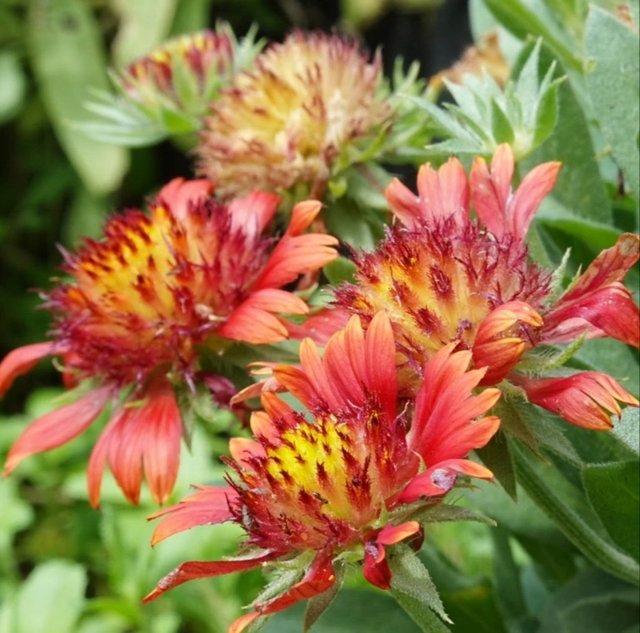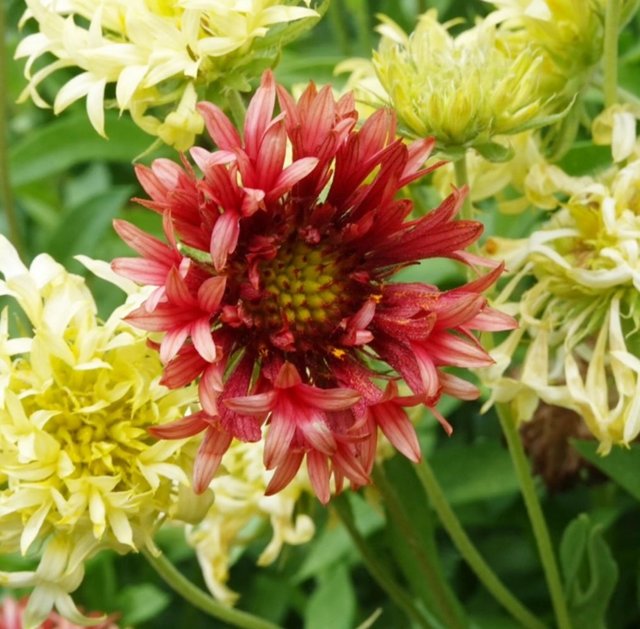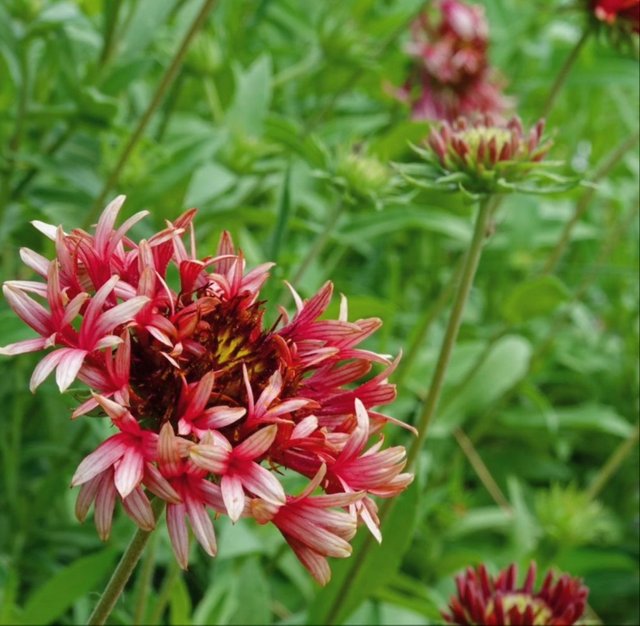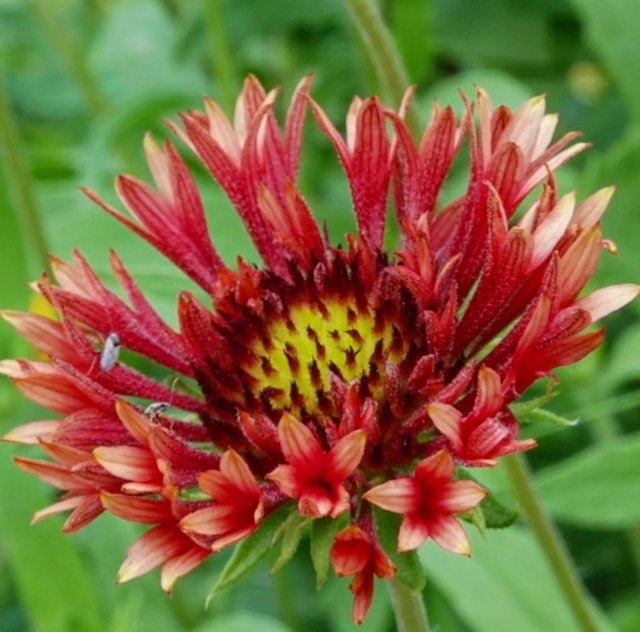Indian Blanket So Amazing
The Indian blanket, also known as Gaillardia pulchella or the Firewheel, is a vibrant and captivating wildflower native to the United States, particularly in regions like Texas and Oklahoma. It's also commonly found in Mexico and other parts of North America. Its striking colors and ability to thrive in various environments have made it a favorite among gardeners, conservationists, and anyone with an appreciation for wildflowers. In addition to its aesthetic appeal, the Indian blanket holds cultural significance and plays a key role in supporting local ecosystems.
Appearance and Characteristics
The Indian blanket is known for its dazzling, daisy-like flowers, which are typically a brilliant combination of red and yellow. The central part of the bloom is often a deep red or maroon, while the petals are usually rimmed with a bright yellow edge, creating a fiery appearance reminiscent of a woven blanket, hence its name. The flower blooms from late spring through early fall, offering months of color to gardens and landscapes.
Indian blanket flowers grow on stems that can reach up to two feet in height, though they often remain lower in more arid regions. The foliage is simple and not as attention-grabbing as the blooms, but it provides a soft, green background that allows the flowers to shine. The leaves are often lance-shaped and sparsely arranged on the stems.
Habitat and Growing Conditions
One of the key reasons Indian blanket thrives in so many regions is its hardiness. It is particularly well-adapted to dry, sandy, and well-draining soils, making it a perfect plant for areas with poor or rocky soil. The plant is drought-tolerant, needing little water once established, which makes it an excellent choice for xeriscaping or low-water gardening. Indian blankets thrive in full sunlight, requiring at least six hours of direct sun per day to bloom profusely.
While they grow naturally in meadows, prairies, and along roadsides, Indian blanket flowers are also commonly cultivated in gardens due to their low maintenance and high reward in terms of color and pollinator attraction. In natural settings, they help stabilize soil and prevent erosion, making them beneficial for environmental conservation efforts.




Thanks For Reading
Device Information
| Device | Redmi Note 10 Pro |
|---|---|
| Lens | 64 mp |
| Location | Bangladesh |
